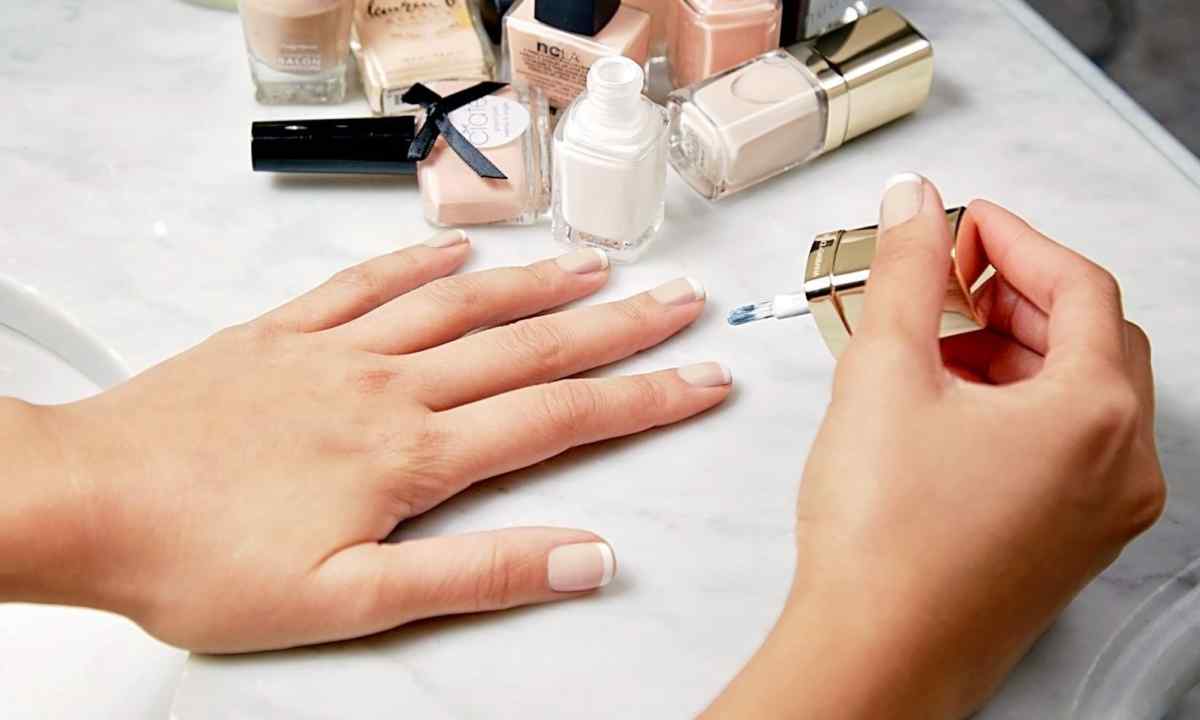Despite constant development of the market of construction materials, classical solutions of covering of rooms do not lose the relevance. Lining – the thin plates from tree, MDF or strong plastic equipped with thorns and grooves for joining with each other remains one of the most widespread ways of finishing of walls, ceiling and floor. Exists several main way of its mounting.
The first way – covering of walls in rooms
The internal surfaces of walls sheathed by wooden lining not only create the comfortable, cozy atmosphere indoors, but also serve as reliable thermal insulation. Thanks to this property, material is widely applied in owner-occupied dwellings and at dachas, in commercial rooms, in baths and saunas.
Fixing works are usually preceded by installation of furring from wooden bar. The size of cell has to provide reliable fixing of each plate at least in two points. The framework structure fastens to wall self-tapping screws or in couples dowel screw, depending on features of construction material. And here for fastening of boards of lining it is more reasonable to use nails. After them it will be possible to hide under decorative pads though it is in most cases better to beat lining in places of joining (so-called flush mounting). In acc«mmodation spaces normal steel nails are applied. With the high level of humidity it is better to give preference in baths, saunas and other rooms to products from stainless steel.
It is important to take care of marking of each plate before beginning to beat lining to furring. Further it will be much more difficult to adjust covering to actual sizes and form of the room.
The second way – covering of outer surfaces
External works place greater demands on quality of materials and their connections, the resistance of lining to adverse atmospheric actions becomes important condition. For strong and durable mounting on outer surfaces use nails from stainless steel which hammer by means of pneumogun. If there is no wish to spoil look set of hats, it is possible to use the special concealed fixings – klyaymer.
Length of nail has to exceed thickness of plates of lining at least three times. The finishing version about 60 mm long best of all is suitable for external works. Decorative screws which provide more high strength of mounting are sometimes used. However it attracts additional expenses of time and money. Accuracy of covering is recommended to control plumb through each 8-12 boards.
Internal fixing time is carried out by nails without hats (metal rods). Such option will not be suitable for external works – if plates shrink or, on the contrary, will extend under the influence of external factors, reliability of fastenings will significantly weaken.
The third way – laying of laminate on floor
Actually plates of laminate repeat lining design therefore are mounted similarly – are beaten to furring in the hidden way. At the same time role of furring is played by long logs between which in case of need establish crossbeams. From above stack laminate on beams, previously having filled all intervals with cellular noise-insulating materials. At walls establish special spreader wedges which have to provide technology gap for thermal expansion inevitable in the future.
Classical way laminate laying "in half-boards" is considered i.e. so that each following plate blocked two previous. In that case the surface of floor will remind brickwork. It not only esthetically looks, but also provides uniform load dispatch, preventing cracks and breakages of laminate. Sometimes it is necessary to provide openings and grooves for heating pipes in extreme plates, electric boxes and other elements.
The fourth way – ceiling covering
If it is going to fix lining on ceiling, it is worth paying special attention to quality of mounting of the bearing furring. It is made of bar with a section not less than 30 mm, at the same time at least two threaded fastenings have to fall on each meter. Ledger boards of furring usually do not use, but the distance between cross elements has to be 1.5-2 times less, than distance between similar sites in vertical furring.
Boards of lining fix the hidden self-tapping screws that it is more convenient to do by means of electrically operated hand tool – the screw driver or drill with special bits. For bigger reliability all connections can be duplicated "liquid nails". As well as in case with laminate, it is important to remember about side technology clearances without which on lining wavy deformations can appear over time.
The fifth way – filing of balconies and overhangs of roof
Lining can be applied not only to outer lining of walls, but also to independent works. It is widely used in registration of balconies and ladders, platforms and garden gazebos and also overhangs of roofs of buildings. The main distinctive feature in similar cases is open furring which has to be stronger and have at the same time rather esthetic appearance.
Reliable fixing of "free" lining is provided by finishing nails from stainless steel and also specialized glue structures. In case of use of glue structures it is possible to accelerate the duplicating mounting, having used special devices: pneumatic pislotet or even the industrial stapler equipped with rather long brackets.
In most cases installation of lining is impossible without reliable and strong nails. The procedure of their use is not extremely difficult. However, if there are doubts in the forces, it is better to address skilled masters at once and not to spoil finishing material.

